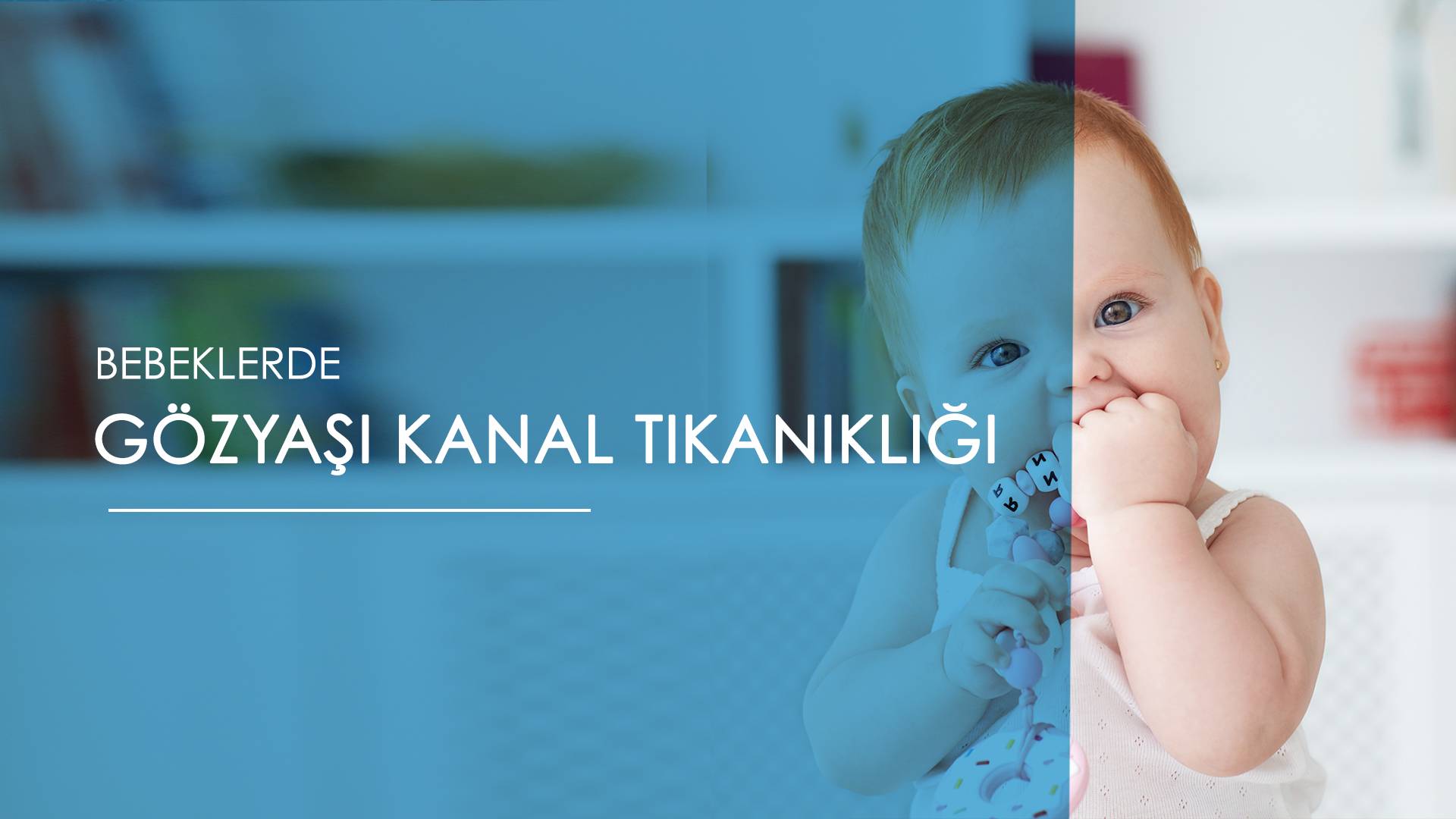Tear Duct Blockage in Babies
One of the most common eye diseases in newborn babies is tear duct obstruction. This problem, which arises from the physiological structure of babies, often resolves itself without the need for external intervention.
Tear Duct Obstruction
The main purpose of our tear glands is to secrete tears. These secreted tears spread to the surface of the eye when we blink and then flow towards the nose through the duct openings located on the inside of our lower and upper eyelids. Tear duct obstruction is the incomplete formation of the tear duct openings. This problem, which occurs because the child in the womb cannot fully continue its physiological development, usually corrects itself and there is no need for intervention.
In this case, tears cannot flow to the nose through the tear duct and flow directly to the cheeks. One of the biggest effects of this situation occurs in the form of infection. In this case, eye infections can frequently occur. Since tears cannot be drained from the eye as they should, they begin to retain too much bacteria. This situation causes infection inside the eye. Since tearing occurs in the eye due to tear duct obstruction, the possibility of infection increases with the tearing.
Symptoms of Tear Duct Blockage
- Frequent watering in the eye
- Excessive eye discharge
- Swelling at the root of the nose
- Inflammation as a result of pressing on the root of the nose
Families usually notice tear duct obstruction when tears accumulate in the eye. White or yellow discharge can also often be seen around the eyes. In addition, after the baby sleeps for a while, the eyelids may stick together due to burrs.
In some babies, the under-eyes may become swollen, red and more sensitive due to inflammation. This condition usually does not cause permanent damage to babies. Antibacterial drops recommended by the doctor can be used to prevent infection.
Tear Canal Obstruction Treatment
The problem of tear duct obstruction in babies is usually eliminated with massage applied in the first year. The massage applied by stroking downwards from the root of the nose is repeated 4 times a day. This massage works for the majority of babies and there is no need for further intervention. During this process, if there is a crusting in the eye, the eye drops recommended by your doctor should be used.
If the tearing and crusting in the eye does not disappear at the end of 1 year, the ophthalmologist will perform a probing procedure. If the complaint does not go away, a new probing procedure is performed after the 2nd month. If this is not successful, the baby is expected to turn 3. After this, a surgery called dacryocystorhinostomy is performed.
